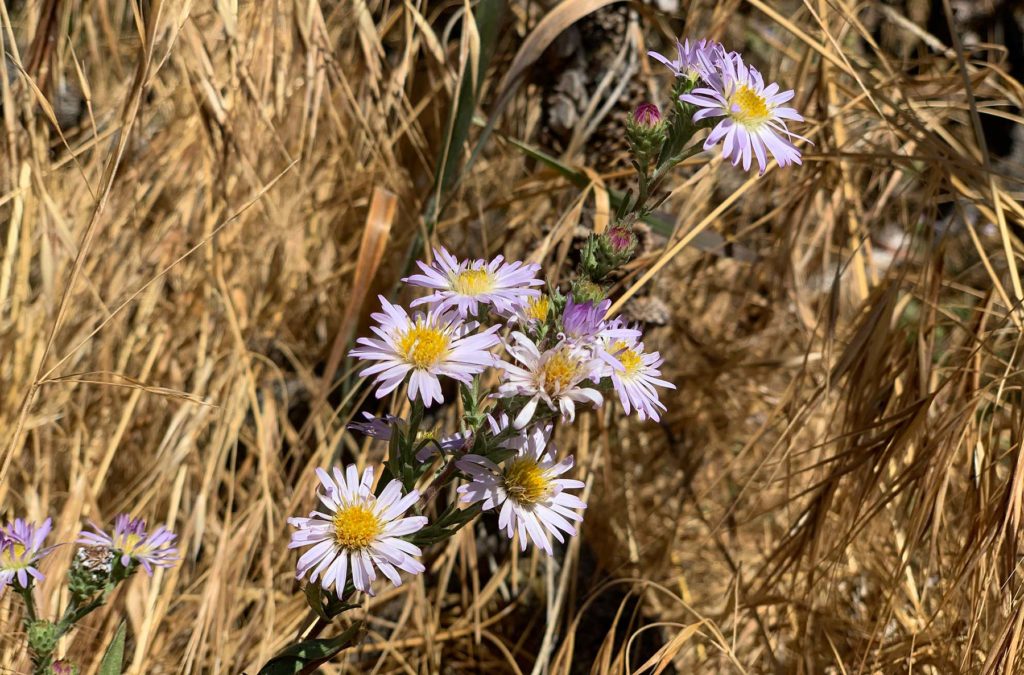Unique Funding Opportunity to Bank California’s Flora
Seed banking is a powerful tool against extinction. Living individuals are kept as insurance against extinction in wild as individual seeds can be used to reintroduce the plants in the face of catastrophic loss. Seed is also available for research that can help with the recovery of a threatened species or help us understand the needs of a naturally rare species.
In June, the ink was drying on Governor Gavin Newsom’s signature passing the California Budget Act of 2019. Not terribly different from past state budgets to most eyes, this year’s budget contained something new and exciting for biodiversity in the state, especially rare plants. The budget specifically spelled out that over the next five years, $3.2 million dollars would be allotted to support the seed collection of rare plants, and enhance the facilities and databases needed to maintain these collections. And the funding would be directed through CPC to the established network of seed banks and collectors in the state – California Plant Rescue, or CaPR.
Five years ago, CaPR formed to address a gap in rare plant seed collections (see our September Newsletter). Though seed banking had been a part of the CPC institution’s conservation programs for decades, back in 2014 only 30% of the state’s recognized rare, threatened or endangered taxa were secure in seed collections. Through increased communication and cooperation with CaPR, and a focus on collecting the rarest taxa, that number increased to 44% in just four collecting seasons, and, when considering living collections at the gardens, we are even closer to the Convention on Biodiversity goal of securing 75% of the most threatened taxa in ex situ collections by 2020. Reaching the goal was in sight, but difficult to work towards without guaranteed funding to cover collecting and processing expenses. The funding from the state’s budget changed that, and made the goal suddenly very achievable.

For 2020, many of the CaPR partners are making adjustments to their conservation programs to make a big push for the 2020 Convention on Biodiversity goals. The group needs to secure collections from 156 taxa to meet this goal, a number that would have seemed impossible before the state funding. Blessed with both a funding source and an above-average rain year spurring seed production, CaPR institutions were able to triple the amount of new, unique taxa added to seed banks that they had been averaging since 2014. And the partners hadn’t even had the time to adjust their collection plans and permitting process to fully take advantage of the funding source.
However, CaPR will not stop there. The funding will cover collections through the 2024 season and will provide enough funds to support over 1,000 rare plant collections. Continuing to prioritize the rarest, the group hopes to make huge progress towards collecting all the highest ranked taxa with bankable seed and make progress towards other rare taxa as well. With over 2,500 plants ranked as rare to some degree, there is no shortage of need.
The state funding will also help the group address gaps and biases in our collections in various ways. When funding is only guaranteed for a handful of collections, collectors are more likely to seek the ‘safer’ collections, those they know they can make. The large amount of guaranteed funding allows the collectors to put together plans that allow them to strive for ‘riskier’ taxa – those that might not produce seed, are hard to get to, or whose populations haven’t been surveyed recently – and balancing those with some safer targets. The group is also coming together to plan expeditions to the far corners of the state, those far from any one of the established seed banks, but rich in threatened and rare species. And finally, the five-year window of the funding will help collect those species that are fire followers, or just don’t produce seed every year, and hedge our bets against drought conditions.
While the tasks ahead, to collect the rare flora of California, will still be challenging, the CaPR group feels well-positioned to tackle the challenges. The state’s commitment to conserving biodiversity is an investment that will be paid in dividends.